Home>Furniture & Design>Interior Design Trends>What Is Tiffany Glass
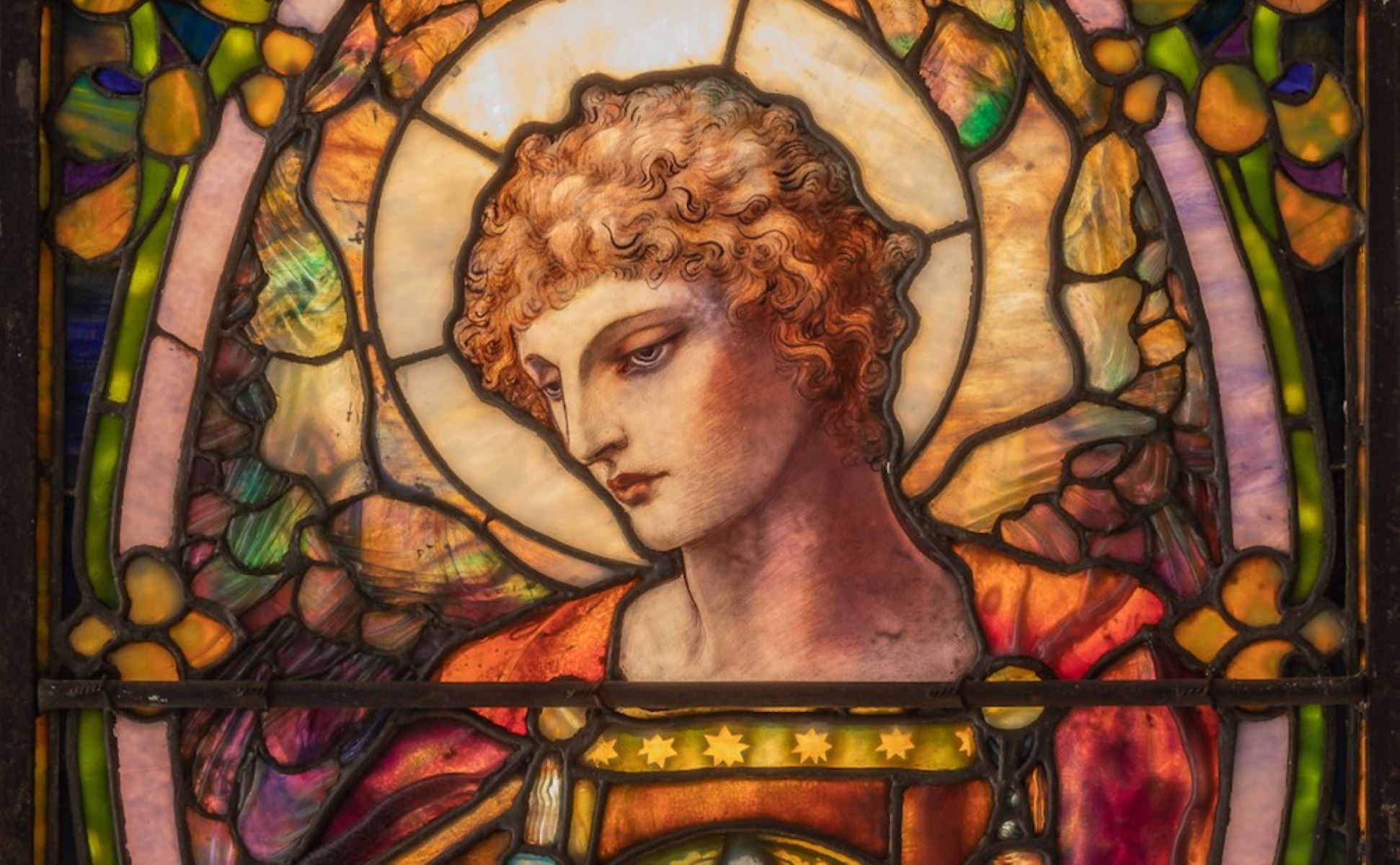

Interior Design Trends
What Is Tiffany Glass
Modified: August 30, 2024
Discover the timeless beauty of Tiffany glass and its influence on interior design trends. Explore the history and significance of this iconic art form.
(Many of the links in this article redirect to a specific reviewed product. Your purchase of these products through affiliate links helps to generate commission for Storables.com, at no extra cost. Learn more)
Introduction
Tiffany glass, renowned for its exquisite beauty and timeless allure, has captivated art enthusiasts and interior design aficionados for decades. This unique form of decorative glasswork, pioneered by the innovative artist Louis Comfort Tiffany, continues to leave an indelible mark on the world of design and craftsmanship. From its fascinating history to its enduring appeal in modern interiors, Tiffany glass holds a special place in the realm of artistic expression and interior embellishment. Let's delve into the captivating world of Tiffany glass to uncover its rich heritage, distinctive characteristics, and enduring legacy in the realm of design and decor.
Key Takeaways:
- Tiffany glass, pioneered by Louis Comfort Tiffany, is renowned for its opalescent beauty, vibrant hues, and intricate patterns, captivating art enthusiasts and interior design aficionados with its timeless allure.
- From the iconic “Dragonfly” lamp to modern architectural installations, Tiffany glass continues to inspire and elevate interior design, infusing spaces with timeless elegance and artistic enchantment.
Read more: How To Identify Tiffany Glass
History of Tiffany Glass
The history of Tiffany glass is a captivating journey that begins with the visionary artist Louis Comfort Tiffany. Born into a prominent family with a deep appreciation for art and design, Tiffany embarked on a quest to revolutionize the world of decorative glasswork. In the late 19th century, he established the iconic Tiffany Studios, a creative hub where he and his team of skilled artisans brought his artistic vision to life.
Tiffany's innovative approach to glass artistry was a departure from traditional techniques, as he sought to elevate the medium to new heights of sophistication and allure. His pioneering efforts led to the development of opalescent glass, a mesmerizing material that exuded a luminous, iridescent quality. This breakthrough innovation set the stage for the emergence of Tiffany's signature style, characterized by vibrant hues, intricate patterns, and a sense of ethereal beauty.
The acclaim and recognition garnered by Tiffany's exquisite glass creations reached new heights with his groundbreaking display at the 1893 World's Columbian Exposition in Chicago. The awe-inspiring presentation, which featured an array of dazzling stained glass windows and decorative objects, solidified Tiffany's status as a trailblazer in the realm of decorative arts.
As the Art Nouveau movement gained momentum, Tiffany's designs became synonymous with the era's emphasis on organic forms, vibrant colors, and a harmonious integration of art and nature. His innovative use of glass as a medium for capturing the essence of natural elements, such as flowers, landscapes, and celestial motifs, resonated deeply with admirers of art and design.
Tiffany's enduring legacy in the realm of decorative glasswork is a testament to his unwavering commitment to artistic innovation and creative expression. His contributions have left an indelible mark on the world of interior design, inspiring generations of artists and designers to explore the boundless potential of glass as a medium for artistic exploration and aesthetic enchantment.
The evolution of Tiffany glass continues to be celebrated and cherished, as contemporary artisans and designers draw inspiration from its rich heritage and timeless allure. The enduring appeal of Tiffany glass serves as a testament to its enduring legacy and its ability to transcend the boundaries of time and trends, captivating the hearts and imaginations of art enthusiasts and design aficionados around the world.
Characteristics of Tiffany Glass
Tiffany glass is renowned for its distinctive and captivating characteristics, which set it apart as a truly exceptional form of decorative art. From its mesmerizing iridescence to its intricate patterns and vibrant hues, the defining features of Tiffany glass continue to captivate art enthusiasts and interior design aficionados alike.
-
Opalescent Beauty: One of the most striking characteristics of Tiffany glass is its opalescent beauty. This unique quality gives the glass a luminous and iridescent appearance, allowing it to radiate a mesmerizing play of colors when illuminated. The opalescent effect is achieved through the careful blending of different metallic oxides into the glass, resulting in a stunning visual display that evolves with changing light conditions.
-
Vibrant Hues: Tiffany glass is celebrated for its rich and vibrant color palette, which encompasses a wide range of hues, from deep blues and lush greens to fiery oranges and radiant purples. The use of vibrant colors in Tiffany's glasswork was a departure from the more subdued tones prevalent in traditional stained glass, adding a sense of dynamism and vitality to his creations.
-
Intricate Patterns: The intricate and elaborate patterns found in Tiffany glass further contribute to its allure. From delicate floral motifs to geometric designs and nature-inspired compositions, the meticulous attention to detail in Tiffany's patterns reflects a deep reverence for the beauty of the natural world and a commitment to artistic excellence.
-
Textural Depth: Another defining characteristic of Tiffany glass is its textural depth, which is achieved through the layering and manipulation of the glass during the creation process. This textural dimension adds a tactile quality to the glass, inviting viewers to appreciate its tactile as well as visual appeal.
-
Organic Inspiration: Tiffany's glass designs often drew inspiration from the organic world, incorporating elements such as flowers, foliage, and landscapes into his compositions. This organic inspiration imbued his creations with a sense of natural beauty and harmony, reflecting the Art Nouveau movement's emphasis on the integration of art and nature.
-
Timeless Elegance: The enduring elegance of Tiffany glass is a testament to its timeless appeal. Whether adorning a stained glass window, a lampshade, or a decorative object, the enduring allure of Tiffany glass transcends the boundaries of time and trends, captivating the hearts and imaginations of admirers across generations.
The distinctive characteristics of Tiffany glass, from its opalescent beauty and vibrant hues to its intricate patterns and organic inspiration, continue to define it as a cherished and timeless form of decorative art. Its enduring allure and captivating qualities ensure that Tiffany glass remains a cherished and revered aspect of interior design and artistic expression.
Techniques Used in Tiffany Glass
The creation of Tiffany glass is a testament to the mastery of intricate techniques that elevate the medium to a realm of unparalleled beauty and artistry. Louis Comfort Tiffany, a visionary artist and innovator, employed a range of specialized techniques to bring his exquisite glass creations to life. These techniques, characterized by their meticulous craftsmanship and artistic ingenuity, continue to define the enduring allure of Tiffany glass.
Copper Foiling Technique
Central to the creation of Tiffany glass is the copper foiling technique, a method that revolutionized the art of stained glass craftsmanship. Unlike traditional lead came techniques, which relied on rigid lead strips to hold glass pieces together, Tiffany's innovative approach involved wrapping each piece of glass with thin copper foil. This allowed for greater flexibility and precision in assembling intricate designs, enabling the creation of delicate and detailed compositions that were previously unattainable.
Read more: What Is A Tiffany Lamp
Glass Selection and Layering
Another hallmark of Tiffany's glasswork is his meticulous selection and layering of glass. By carefully choosing and layering sheets of opalescent and cathedral glass, Tiffany achieved a remarkable depth of color and texture in his compositions. The layering of different glass types also contributed to the mesmerizing iridescence that is synonymous with Tiffany glass, as the varying translucency and reflective properties of the glass interacted to create a captivating play of light and color.
Soldering and Patina Application
The assembly of individual glass pieces in Tiffany's creations was meticulously executed through soldering, a process that delicately joined the foiled glass components together. This precise and intricate soldering technique not only ensured the structural integrity of the glasswork but also allowed for the creation of fine, detailed lines and contours within the designs. Following the soldering process, a patina was applied to the solder lines, imparting a rich, aged appearance that complemented the overall aesthetic of the glasswork.
Lampworking and Glass Shaping
In addition to stained glass windows, Tiffany was renowned for his exquisite lampshades, which showcased his mastery of lampworking and glass shaping techniques. Lampworking involved the manipulation of molten glass around a metal armature to create intricate floral and geometric motifs, while glass shaping techniques allowed for the formation of organic, three-dimensional forms that adorned the lampshades with a sense of natural elegance and grace.
Etching and Engraving
Tiffany's glass creations often featured intricate etched and engraved details, adding an additional layer of depth and artistry to his designs. These techniques allowed for the incorporation of fine, detailed patterns and textures, further enhancing the visual and tactile appeal of the glasswork. The meticulous execution of etching and engraving brought an unparalleled level of refinement and sophistication to Tiffany's creations, elevating them to the status of timeless masterpieces.
The meticulous execution of these techniques, combined with Tiffany's artistic vision and unwavering commitment to excellence, resulted in the creation of glasswork that continues to captivate and inspire admirers around the world. The enduring legacy of Tiffany glass is a testament to the transformative power of innovative techniques and artistic ingenuity, ensuring its revered status in the realm of decorative arts and interior design.
Read more: How To Tell If It’s A Tiffany Lamp
Famous Tiffany Glass Creations
Louis Comfort Tiffany's artistic genius and innovative approach to glasswork gave rise to a myriad of iconic creations that continue to captivate and inspire art enthusiasts and interior design aficionados. From breathtaking stained glass windows to exquisite lampshades and decorative objects, Tiffany's masterpieces are celebrated for their unparalleled beauty, intricate craftsmanship, and timeless allure.
One of the most renowned and revered creations in the realm of Tiffany glass is the mesmerizing "Dragonfly" lamp. This iconic lamp, characterized by its intricate leaded glass shade adorned with vibrant dragonfly motifs, exemplifies Tiffany's mastery of color, form, and composition. The delicate wings of the dragonflies are rendered in a stunning array of iridescent hues, creating a sense of ethereal beauty and natural elegance. The "Dragonfly" lamp stands as a testament to Tiffany's ability to infuse everyday objects with a sense of artistic enchantment, elevating them to the status of timeless masterpieces.
Another celebrated creation is the awe-inspiring "Magnolia and Irises" window, which showcases Tiffany's unparalleled ability to capture the essence of nature in glass. This exquisite stained glass window, featuring a harmonious composition of magnolia blossoms and irises set against a backdrop of lush foliage, embodies the organic inspiration that defined Tiffany's artistic vision. The intricate layering of opalescent glass imbues the scene with a captivating sense of depth and luminosity, evoking the tranquility and beauty of a sun-dappled garden. The "Magnolia and Irises" window stands as a testament to Tiffany's ability to infuse his creations with a sense of natural beauty and timeless elegance.
Tiffany's "Peacock Vase" represents another iconic creation that showcases his mastery of glass artistry. This stunning vase, adorned with a resplendent peacock motif rendered in vibrant hues of blue and green, exemplifies Tiffany's ability to capture the iridescent beauty of the peacock's plumage in glass. The intricate patterns and textures of the peacock feathers, achieved through meticulous layering and shaping of opalescent glass, imbue the vase with a sense of dynamic movement and visual splendor. The "Peacock Vase" stands as a testament to Tiffany's ability to transform everyday objects into extraordinary works of art, infusing them with a sense of timeless allure and artistic sophistication.
These are just a few examples of the many iconic creations that have solidified Tiffany's legacy as a visionary artist and master of decorative glasswork. Each masterpiece reflects Tiffany's unwavering commitment to artistic excellence and his ability to elevate the medium of glass to new heights of beauty and sophistication. The enduring allure of these famous Tiffany glass creations continues to inspire and enchant admirers around the world, ensuring their revered status in the annals of decorative arts and interior design.
Modern Uses of Tiffany Glass
In the contemporary design landscape, Tiffany glass continues to captivate and inspire, finding new and innovative applications that honor its rich heritage while infusing modern interiors with timeless allure. From architectural installations to bespoke decor pieces, the modern uses of Tiffany glass showcase its enduring appeal and versatility in the realm of interior design.
Architectural Integration:
Modern architects and designers are harnessing the captivating beauty of Tiffany glass to create stunning architectural installations that redefine interior spaces. Stained glass windows, doors, and skylights adorned with intricate Tiffany glass compositions infuse interiors with a sense of artistry and elegance, casting mesmerizing patterns of light and color that enliven the surrounding environment. The integration of Tiffany glass in contemporary architectural design serves as a testament to its enduring relevance and its ability to transform spaces into captivating works of art.
Custom Lighting Fixtures:
The allure of Tiffany glass is exemplified in the creation of custom lighting fixtures that serve as focal points in modern interiors. Bespoke chandeliers, pendant lights, and table lamps adorned with opalescent glass shades and intricate motifs evoke a sense of timeless elegance and artistic enchantment. The interplay of light and color through Tiffany glass shades creates a captivating ambiance, infusing spaces with a warm and inviting glow that elevates the overall aesthetic of the interior.
Artisanal Decor Accents:
In the realm of interior decor, modern designers and artisans are incorporating Tiffany glass into bespoke decor accents that celebrate its exquisite beauty and craftsmanship. From decorative vases and bowls to ornamental panels and mosaic art, the incorporation of Tiffany glass accents adds a touch of artistic sophistication to contemporary interiors. The vibrant hues, intricate patterns, and iridescent allure of Tiffany glass accents serve as focal points that infuse spaces with a sense of artistry and visual intrigue.
Contemporary Art Installations:
Tiffany glass continues to inspire contemporary artists and designers to create captivating art installations that push the boundaries of creativity and innovation. Large-scale sculptures, immersive installations, and mixed-media artworks that incorporate Tiffany glass elements serve as compelling expressions of modern artistic vision. These contemporary art installations pay homage to the enduring legacy of Tiffany glass while reimagining its potential in the context of contemporary art and design.
The modern uses of Tiffany glass reflect its timeless appeal and its ability to transcend the boundaries of time and trends, captivating the hearts and imaginations of admirers in the modern era. As designers and artisans continue to explore its boundless potential, Tiffany glass remains a cherished and revered aspect of interior design and artistic expression, ensuring its enduring legacy in the ever-evolving world of design and decor.
Tiffany glass refers to the beautiful and colorful stained glass created by Louis Comfort Tiffany in the late 19th and early 20th centuries. It is known for its intricate designs and use in lamps, windows, and other decorative items.
Conclusion
In conclusion, the captivating allure and enduring legacy of Tiffany glass continue to resonate deeply in the realm of decorative arts and interior design. From its rich history and distinctive characteristics to the innovative techniques employed in its creation, Tiffany glass stands as a testament to the transformative power of artistic vision and creative ingenuity. The pioneering efforts of Louis Comfort Tiffany and his team of skilled artisans have left an indelible mark on the world of decorative glasswork, inspiring generations of artists and designers to explore the boundless potential of glass as a medium for artistic expression and aesthetic enchantment.
The distinctive characteristics of Tiffany glass, including its opalescent beauty, vibrant hues, intricate patterns, and organic inspiration, define it as a cherished and timeless form of decorative art. Its mesmerizing iridescence and textural depth, achieved through meticulous layering and shaping techniques, imbue it with a sense of ethereal beauty and tactile allure. The enduring elegance of Tiffany glass transcends the boundaries of time and trends, captivating the hearts and imaginations of admirers across generations.
The famous creations of Tiffany glass, such as the iconic "Dragonfly" lamp, the awe-inspiring "Magnolia and Irises" window, and the resplendent "Peacock Vase," exemplify the unparalleled beauty and intricate craftsmanship that define Tiffany's artistic legacy. These masterpieces continue to inspire and enchant admirers around the world, ensuring their revered status in the annals of decorative arts and interior design.
In the modern design landscape, Tiffany glass finds new and innovative applications, from architectural installations to bespoke decor pieces, showcasing its enduring appeal and versatility. Its integration in contemporary architectural design, custom lighting fixtures, artisanal decor accents, and contemporary art installations underscores its timeless allure and its ability to transform spaces into captivating works of art.
As the legacy of Tiffany glass continues to thrive in the modern era, it serves as a poignant reminder of the enduring impact of artistic innovation and creative expression. Its timeless allure and captivating qualities ensure that Tiffany glass remains a cherished and revered aspect of interior design and artistic expression, enriching the visual landscape with its iridescent beauty and timeless elegance.
Frequently Asked Questions about What Is Tiffany Glass
Was this page helpful?
At Storables.com, we guarantee accurate and reliable information. Our content, validated by Expert Board Contributors, is crafted following stringent Editorial Policies. We're committed to providing you with well-researched, expert-backed insights for all your informational needs.
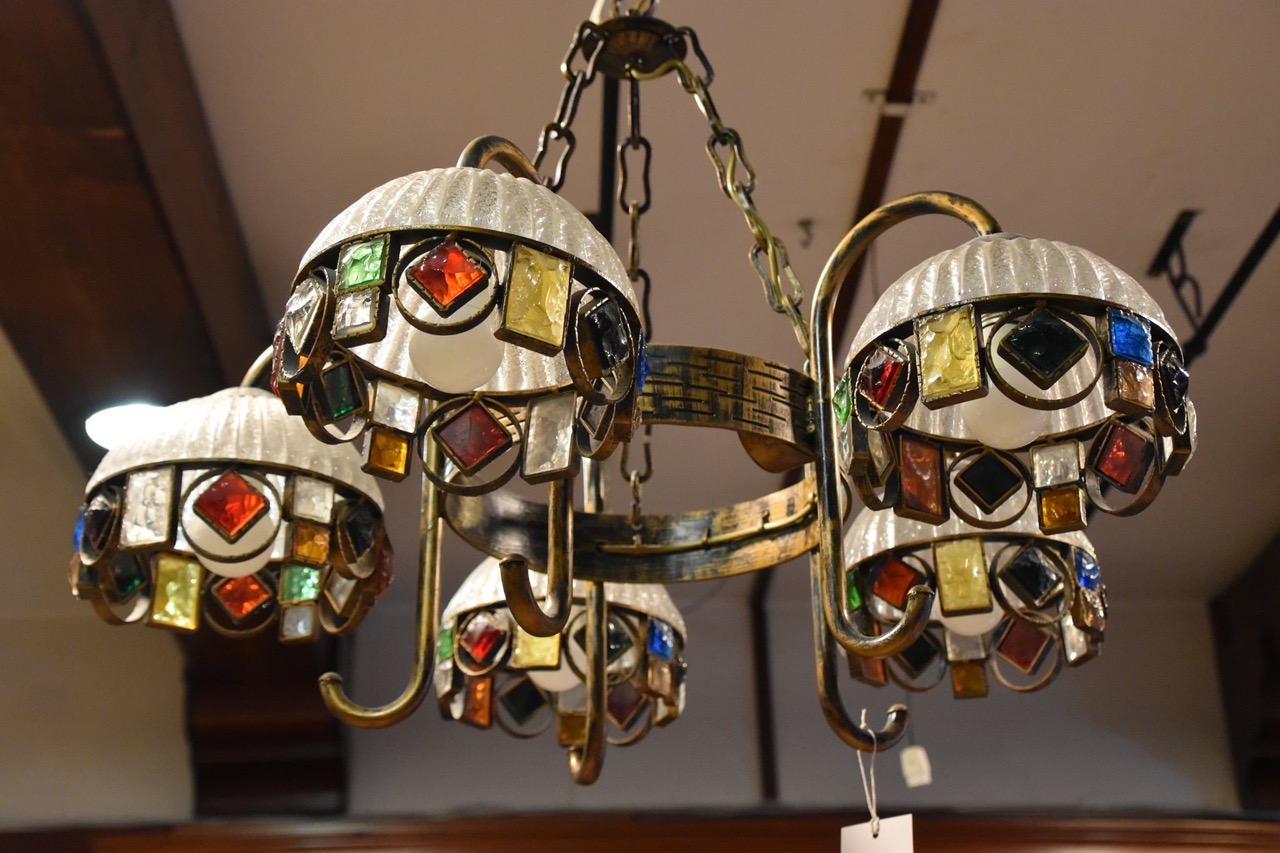
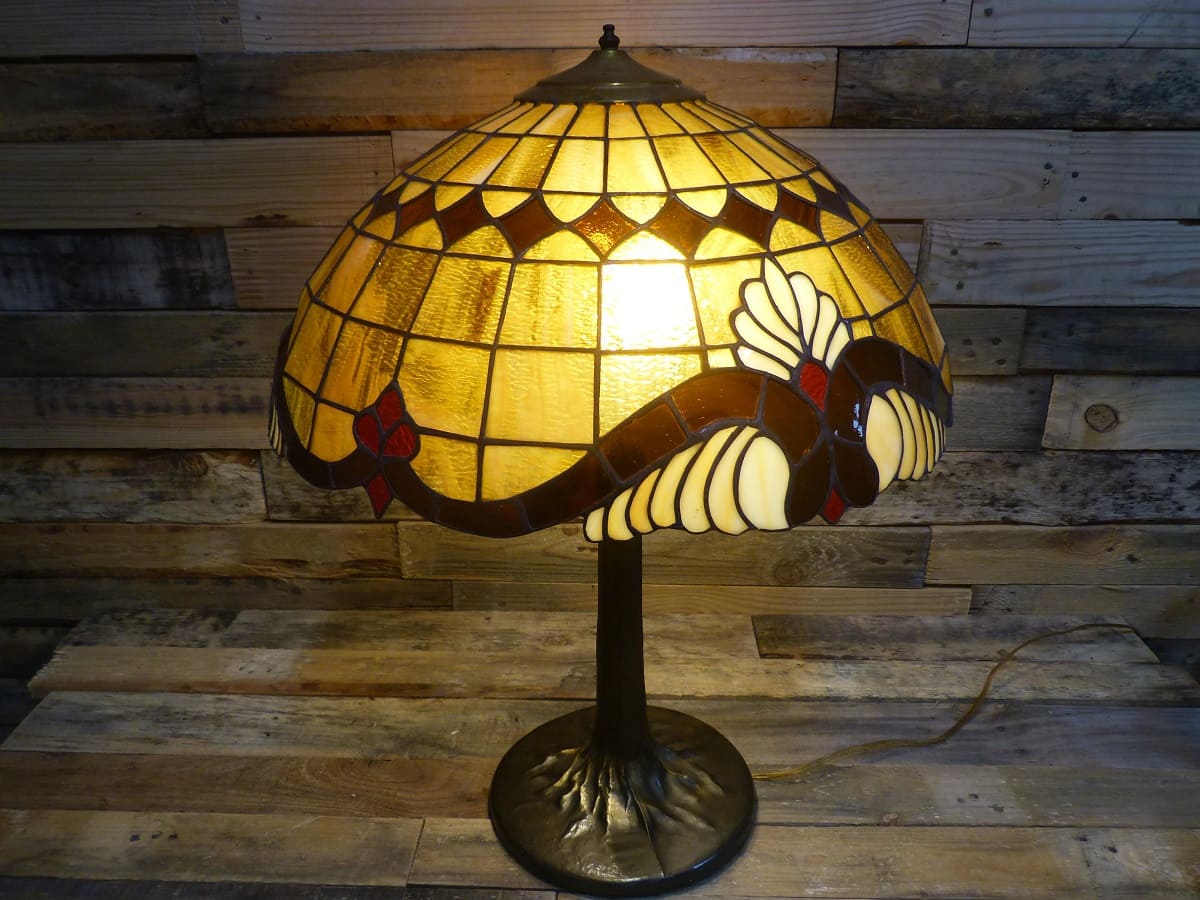
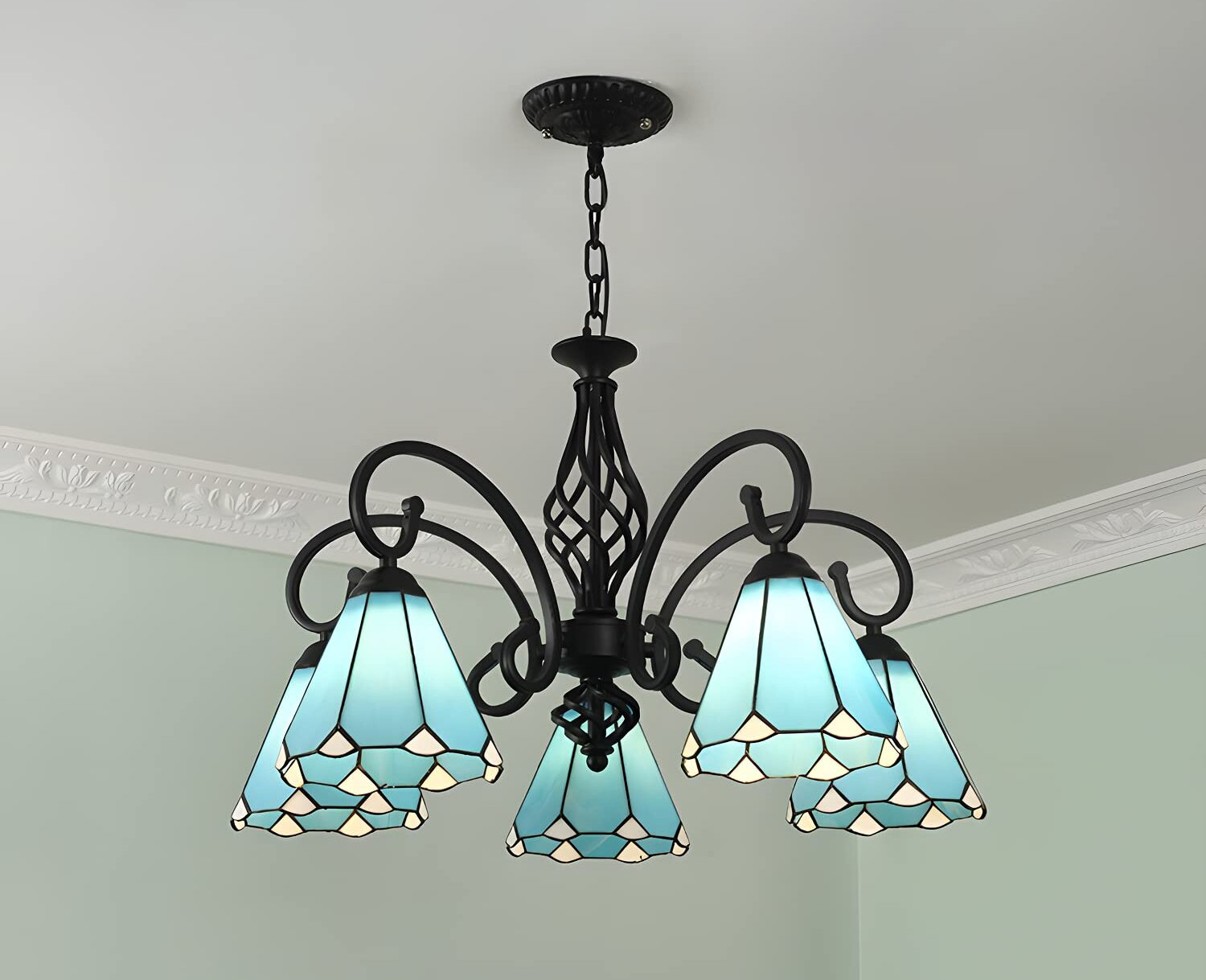
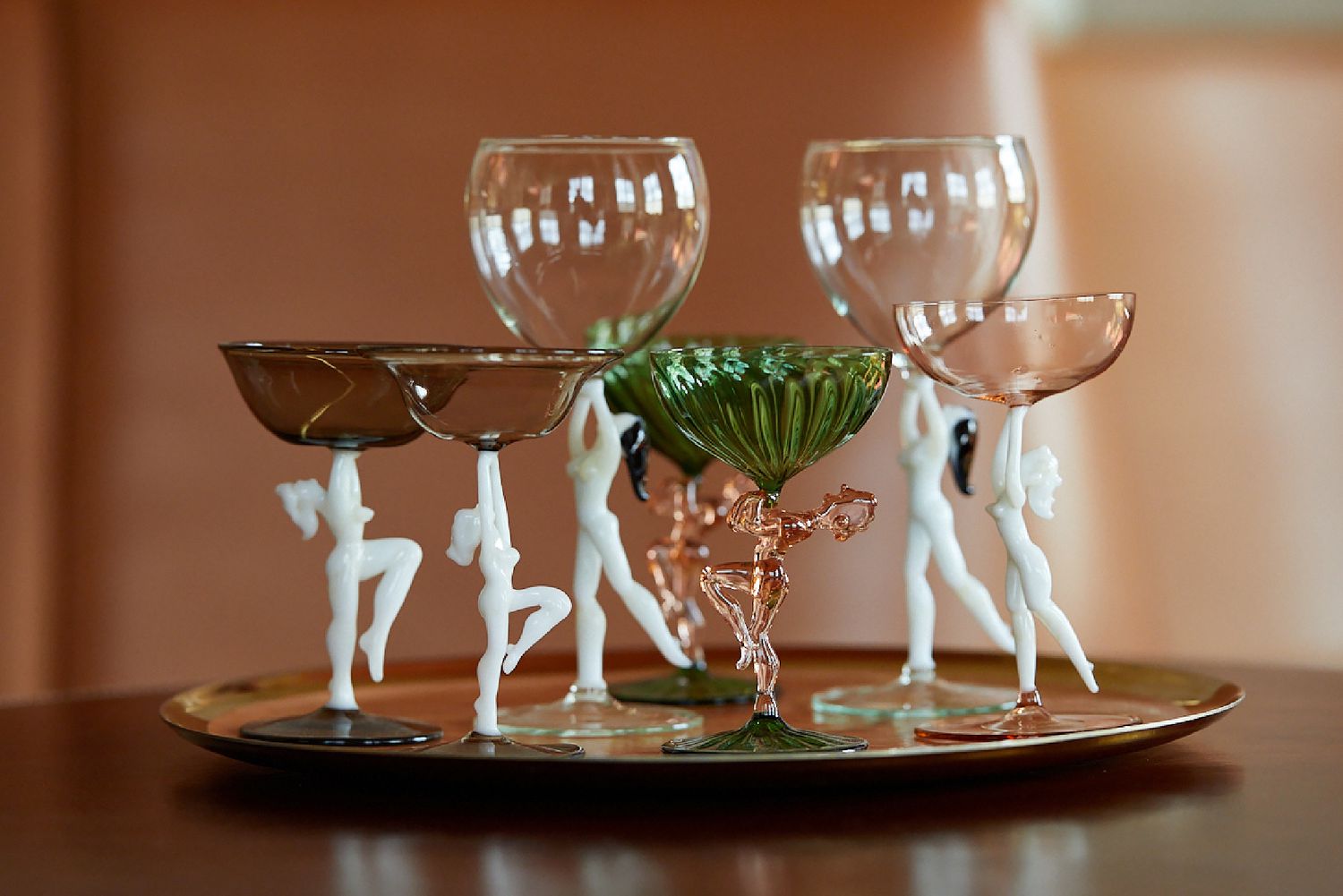
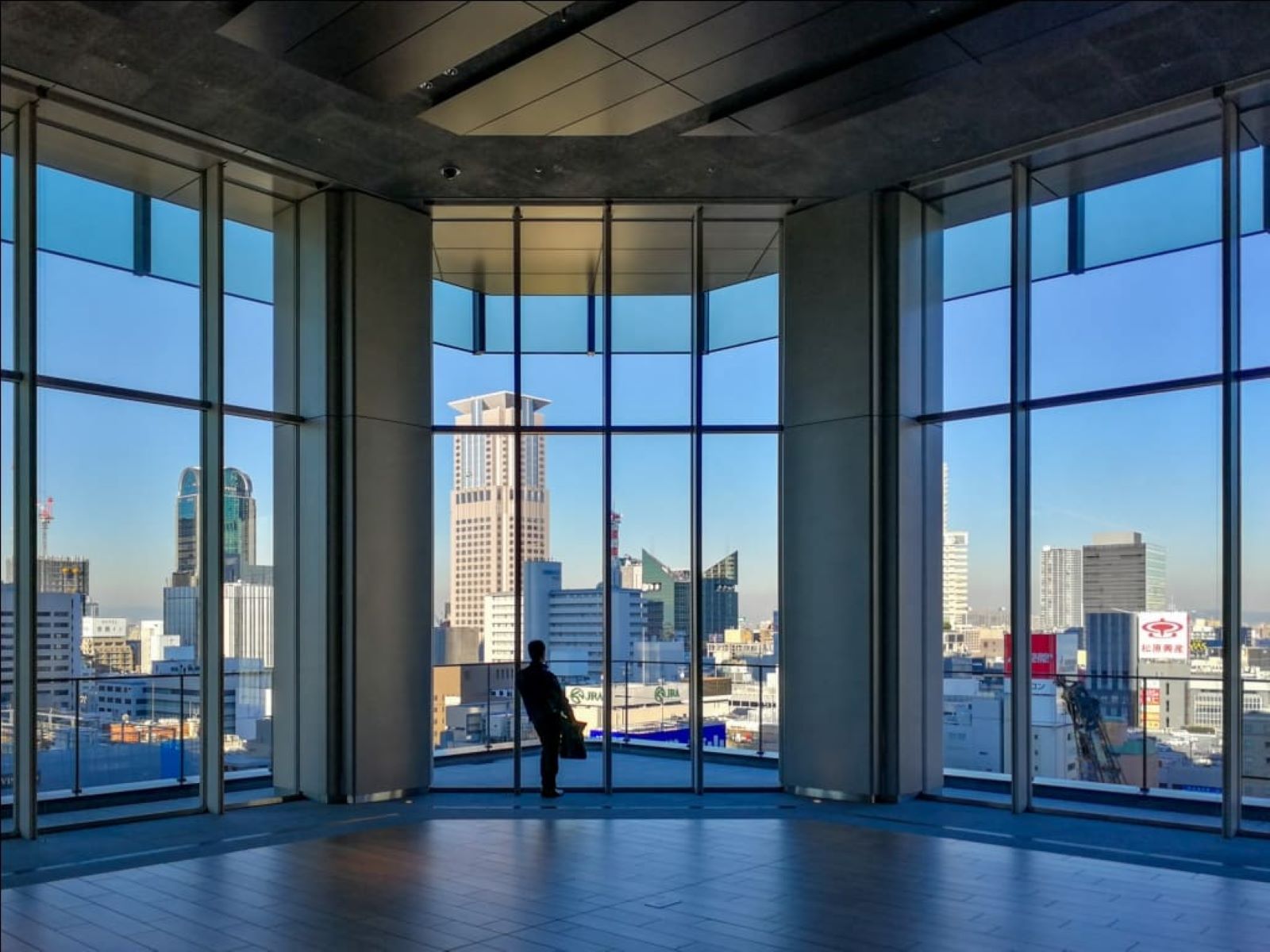
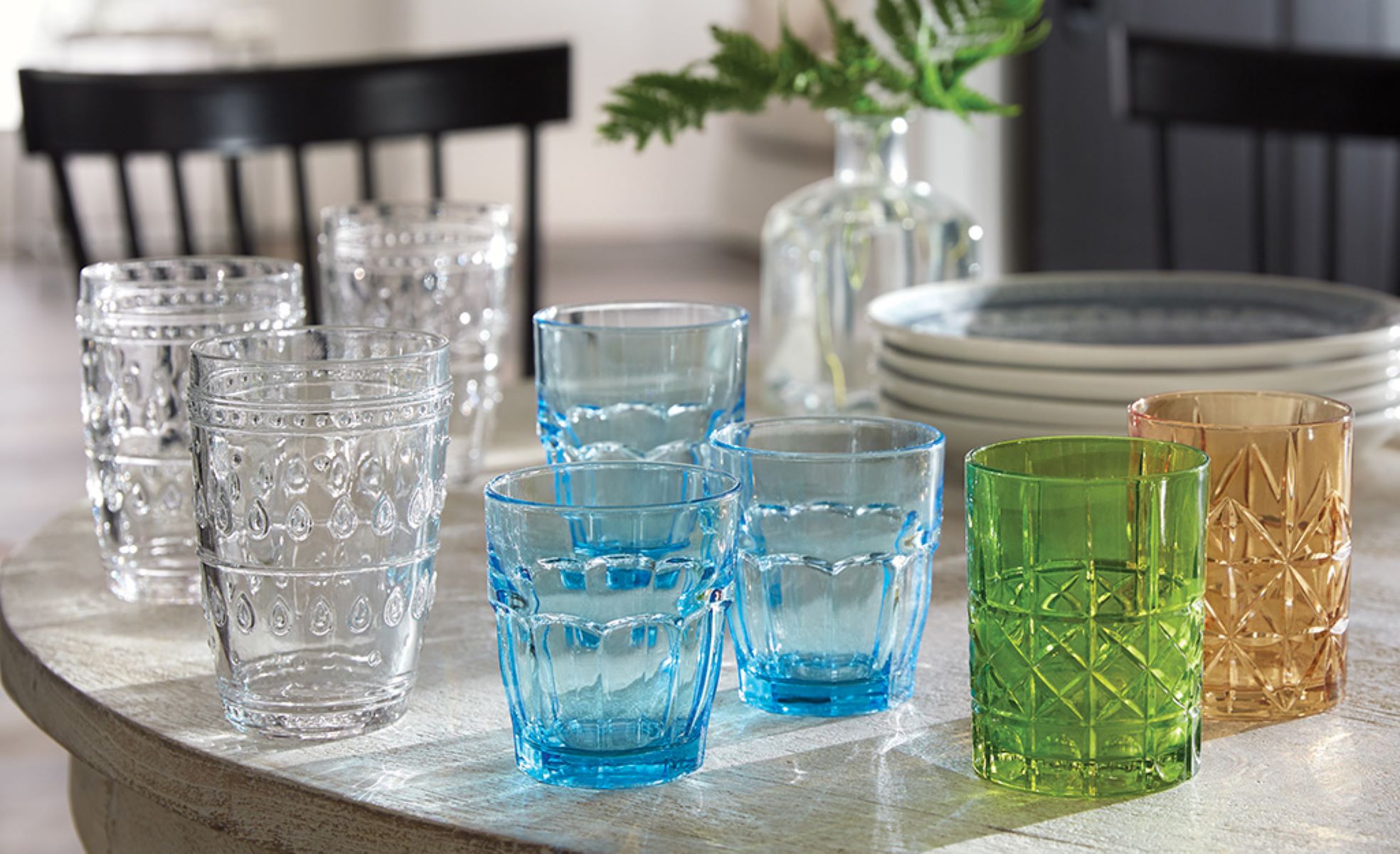
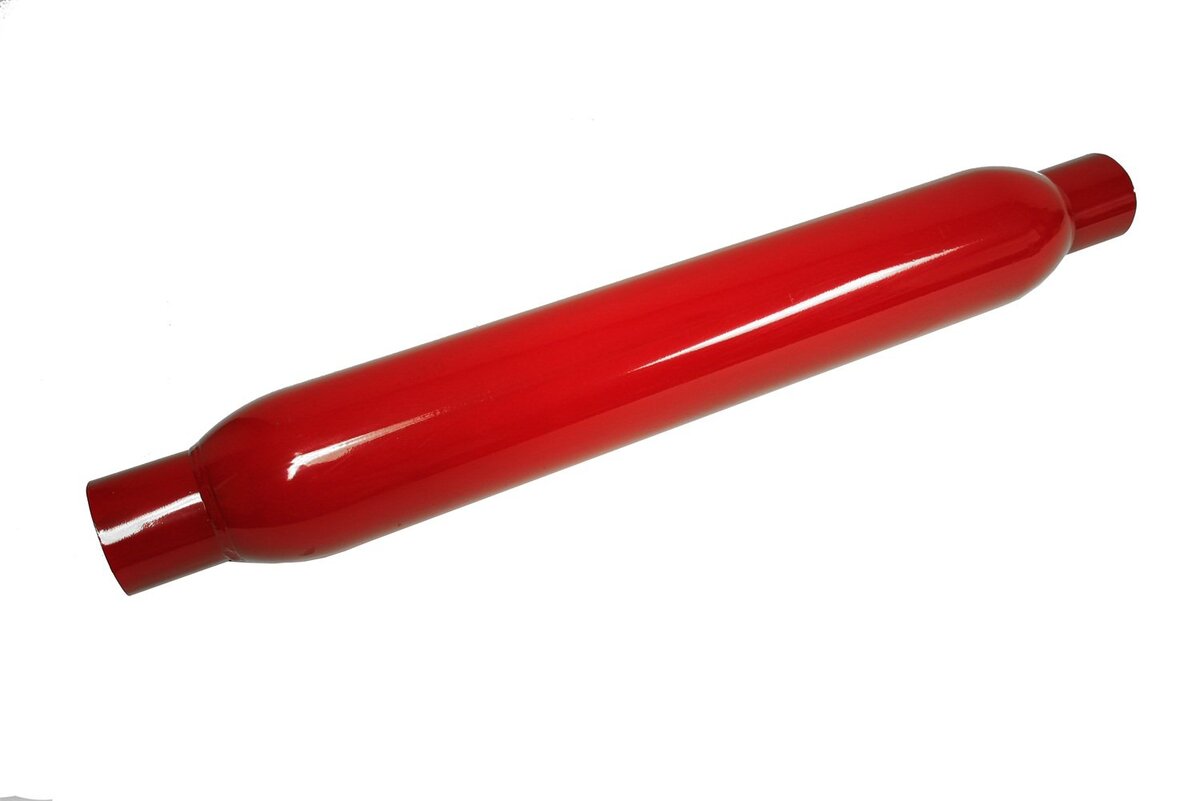




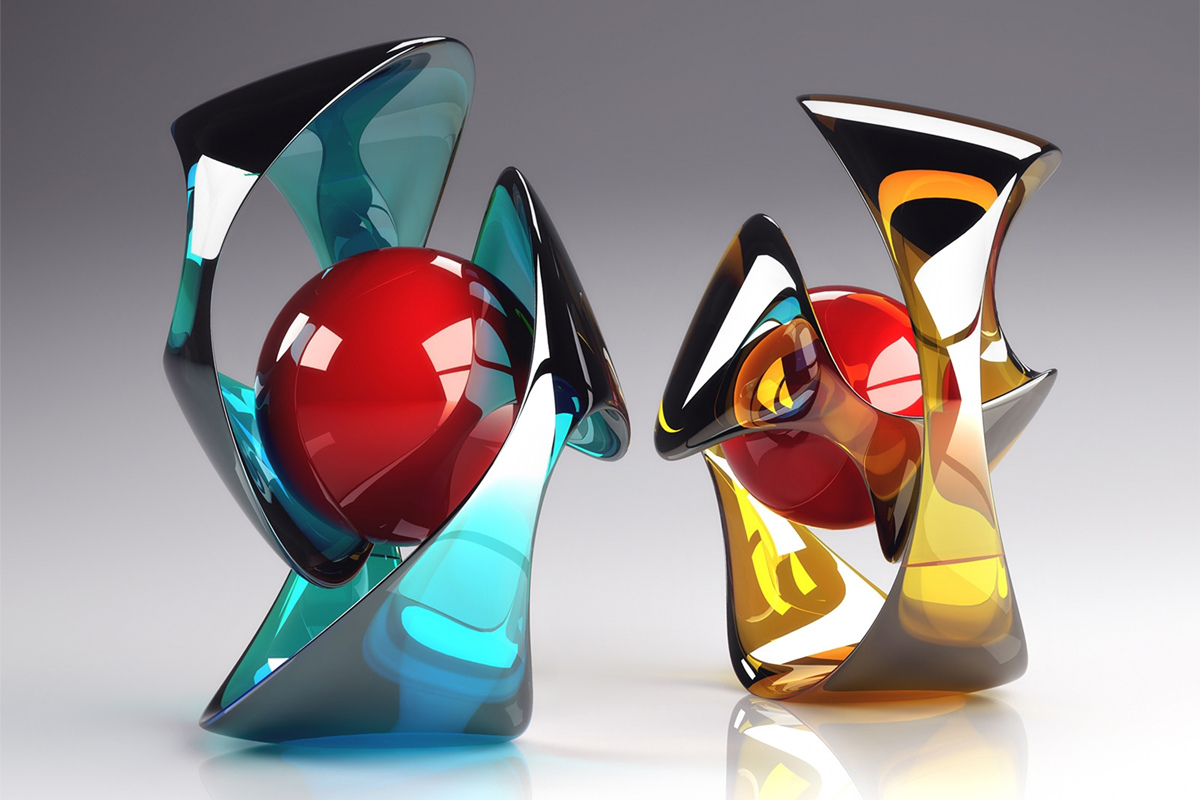


0 thoughts on “What Is Tiffany Glass”